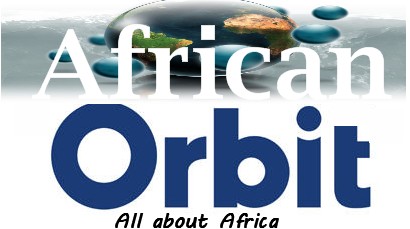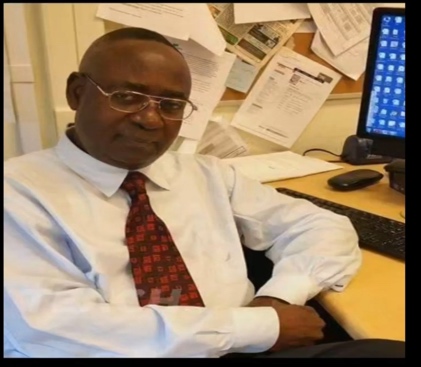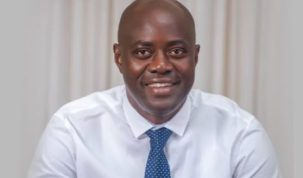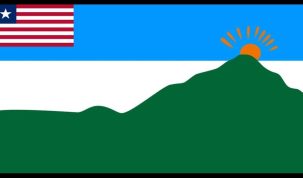Katarina Hoije has reported on May 9, 2019, in the Bloomberg News Organ, that “Heavyweights Ghana and Ivory Coast as well as smaller neighbors Benin and Togo are strengthening security along their boundaries with Burkina Faso, which has seen a surge of attacks by al-Qaeda and Islamic State-linked insurgents” (https://www.bloomberg.com/news/articles/2019-05-09).
About two years ago, News Organ, Al Jazeera reported on March 1, 2018, that at least three aid workers and eight members of the security forces were killed in a suspected Boko Haram (Islamic militant group) attack on a military base in northeastern Nigeria. Several fighters are reported to have attacked the base in the town of Rann, in Borno State (Al Jazeera.com/news/2018/03/). Also, on the night of 14–15 April 2014, Boko Haram abducted 276 female students, kidnapped from a government secondary school in the town of Chibok, in Borno State, Nigeria, and drove them into the remote Sambisa Forest. So, the real question is, is radical Islam a new phenomenon in West Africa?
In my previous article, I wrote that 410 A. D, the Empire of Rome fell and Europe was in an unhappy state full of war. During this same time, about 300-500 A. D, the West African Empire was on the rise. Many of Europe’s tribes (Vandals, Visigoths and Jews) fled and settled in North Africa. But something very important was taking place, and it would change world history. By 700 A. D. the Prophet Muhammad had his first revelation: spread of Islam through jihad. Islam reached the Sudan during 700 A. D. The first ethnic groups the Moslems encountered in West Africa was the Mande group along the Senegal River. The natives gave the Moslems the island in the middle of the river. The Islamists built a monastery to recruit and train their new converts for Jihad. Many of them accepted the new religion while other African patriots like Kusiela and Kahina refused and fought bravely to protect Africa. On the Songhai front, the Islamist met a stiff resistance (Dr J.C. DE Graft-Johnson: Moslem Invasion of Africa).
Earlier in 200 AD, the Berbers had moved in and taken over Dendi. The Songhai People wanted to maintain their way of life and refused to stay in Dendi. As a result, they abandoned their city and built another city, which they named Kukya (KWA word meaning: wrapped in death). The new recruits, with little or no knowledge of their new religion, became a destructive force. One such individual was Tarsina. In 1020, Tarsina embraced the Islamic faith and as leader of the Lemtuna tribe, he vowed to convert his entire tribe to Islam. He quickly changed his name to Abdullah Abu Mohammed. Combining his purely material objectives with a newly-found religious passion, he set about raiding non-Moslem settlements. Tarsina then later died.
His son, Yahia ibn Ibrahim succeeded him. Yahia was a devout Moslem and quickly made a pilgrimage to Mecca. Yahia returned from Mecca with a teacher (Ibn Yasin) to teach the Koran to his people. Islam had taken strong roots in West Africa, but it was not easy. The people were prepared to be Moslems only in name and Yasin soon became frustrated. Instead of returning to his home country, Yahia ibn Ibrahim, and his brother Abu Bekr, established a monastery on the Senegal River. The group became known as ALMORAVIDS. Soon the small monastery on the Senegal had 1,000 converts. Having failed to win large converts through reason and persuasion, Ibn Yasin resorted to violence and intimidation (Dr J.C. DE Graft-Johnson: Moslem Invasion of Africa).
In 1042, he left his monastic retreat and led his followers in a holy war against the infidels. They destroyed everything in their path! The ALMORAVIDS accordingly became masters of the tribes of West Africa and then in 1056 AD, Yahia the Commander-in-Chief of the ALMORAVIDS, died. His brother Abu Bekr (namesake of Prophet Muhammad’s Confidant) took over as Commander. In 1076 AD, Abu Bekr, in command of ALMORAVIDS forces (an alliance with the Mossi from Yatenga,) attacked, dismembered and looted West Africa’s attempt at self-government. The destruction of the Ghana Empire resulted in a mass migration that affected every tribe and ethnic group in West Africa to this very day. (African Glory, The Story of Vanished Negro Civilizations).
The Mossi Factor in Liberia, but who are they in West Africa?
The Mossi (or Mole, Mosse, sing. Moaaga) are a “ West African ethnic group native to modern Burkina Faso, primarily the Volta River basin. The Mossi are the largest ethnic group in Burkina Faso, constituting more than 40% of the population, or about 6.2 million people. The other 60% of Burkina Faso’s population is composed of more than 60 ethnic groups, mainly the Gurunsi, Senufo, Lobi, Bobo and Fulani. The Mossi speak the Mòoré language” (Wikipedia).
The Mossi people are about 1.2 million in the Ivory Coast and 160, 140 in Ghana. And interestingly, this tribe is gradually invading the interior areas of the Southeastern region in Liberia, especially in Grand Gedeh County, where I would like to encourage our chiefs in Grand Gedeh County to safeguard our belief system.
The Mossi people account about 65% Islam in West Africa (Wikipedia).
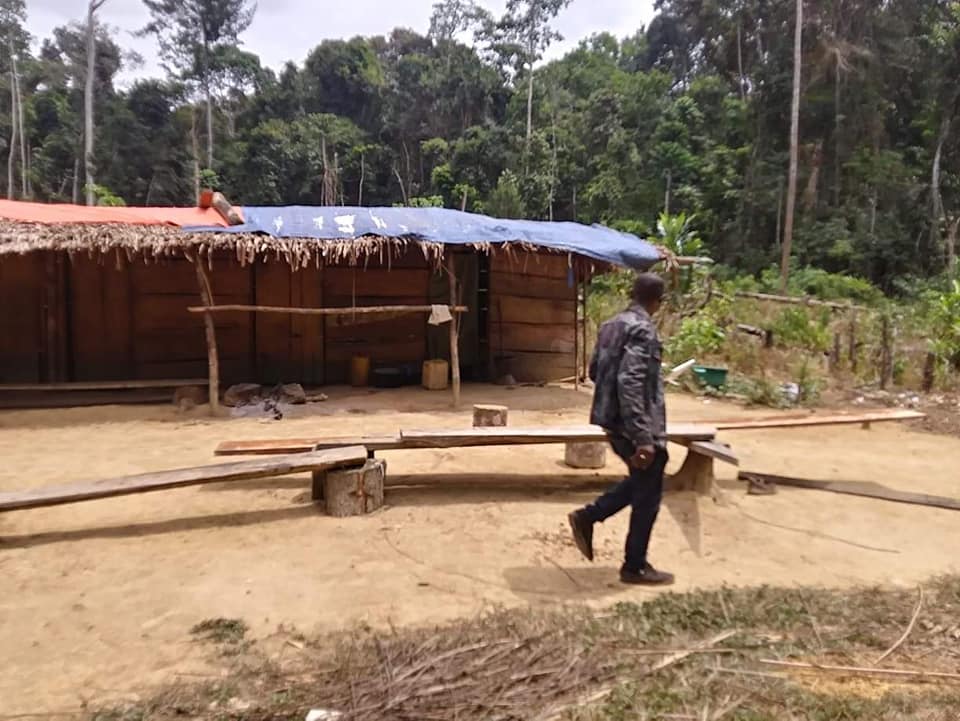
Picture of A Mossi from Burkina Faso, so-called farmer, in a village near the Toe Town area in Gbazoon, Grand Gedeh County
Reports have reached us here in the diaspora that, the Morsi of Burkina Faso, continue to cross borders over from the Ivory Coast, setting up camps in Nimba County, especially within the Kparblee District. Interestingly, under the disguise as farm –workers and seeking as contractors, in exchange of their services to gain land to build their homes. It has also been alleged that, Mossi from Ivory Coast continue to buy land in Grand Gedeh County, in the B’hi Administrative District area. There are allegations, that some chiefs within the Gbazoon area, are selling lands to foreigners. These allegations have prompted citizens to call upon the elders and the Chief in Toe Town, to end the sale of lands to the Blukinabieses.
While the threat of homegrown radicalization is believed to be small, there have been documented incidents of terrorist recruitment within Burkina Faso. Augustin Loada and Peter Romaniuk, writing for Denmark’s Ministry of Foreign Affairs in 2014, have done extensive research into the threat of radicalization from within Burkina Faso and concluded that although there are cases of recruitment within Burkina Faso, there is “no firm evidence of radicalization within the country.” Loada and Romaniuk have heard of extremist foreign preachers sometimes visiting Burkina Faso. Nonetheless, the researchers concluded in 2014 that the threat of homegrown radicalization from within Burkina Faso was small. (Sources: Ministry of Foreign Affairs of Denmark, Newsweek)
Even the Boko Haram, a Nigerian-based terrorist group, is believed to have had some activity within Burkina Faso. According to the 2014 report by researchers Augustin Loada and Peter Romaniuk, there is evidence of fundraising and weapons smuggling within Burkina Faso. (Source: ( Ministry of Foreign Affairs of Denmark).
“Armed Islamist groups in Burkina Faso have attacked civilians with unmitigated cruelty and utter disregard for human life,” said Corinne Dufka, West Africa director at Human Rights Watch.
On November 7, 2019, Defense Minister of Burkina Faso, Cherif Sy and his delegation examined a few of the buses ambushed by armed Islamists the day before. (Curtesy of LeFaso.net).
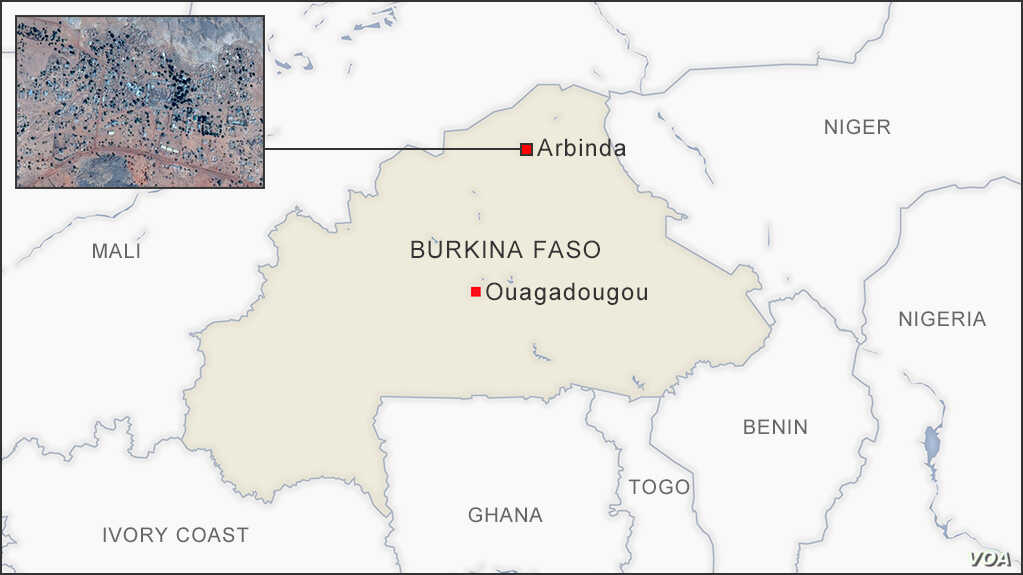 (Arbinda Burkina Faso, Courtesy of VOA News)
(Arbinda Burkina Faso, Courtesy of VOA News)
Conclusion
Sadly, those citizens of Grand Gedeh and Nimba Counties, selling their lands to the Mossi in exchange of cultivating farm lands, are playing a dangerous game. Presently, it is alleged, that most of the Krahn lands in the Ivory Coast, are now in the hands of the Mossi people, especially those along the Ivorian and Liberian boarders, (Cavalla River, in Grand Gedeh County). Grand Gedians historically, have been good farmers and hunters, prior 1980. It is disappointing for any Grand Gedian person to solicit foreigners to cultivate their farmlands in Grand Gedeh County.
It seems that history is repeating itself and the rise and fall of two medieval kingdoms of West Africa is an example of this. Mali and Songhai, as well as the smaller kingdom of Ghana before them, were once great trading kingdoms famous for their gold, yet despite their greatness, they each declined due to the activities of Islamic militants. The presence of the Mossi in the Southeastern region of Liberia, is a dangerous sign and the leaders in the region need to put aside their greed for money and protect the interest of their people. The first responsibility of any government, is to protect the lives and properties of its citizens. The Liberian Government needs to call upon all neighboring countries not to allow suspicious noncitizens of Mano River Union, to enter Liberia through their respective borders.
Capt. William Kwabiah of the Ghanaian Military was correct when he wrote: “While in the past two decades, the region of West Africa has experienced various armed conflicts, a new security threat that has emerged is the growing threat of violence by radical Islamist groups.”
Indeed, I am fearful and perhaps by other Liberians, the presence of Mossi from Burkina Faso in Liberia, could establish a radical Islamist groups’ foothold. And, this foothold, could assumed prominence and destabilize Liberia and the rest of the West African sub Region.
The Author
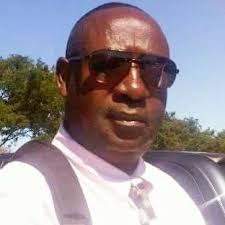
Edmund Zar-Zar Bargblor. Mr. Edmund Zar-Zar Bargblor is an Educator. He is a graduate of Cuttington University, Liberia; Howard University, Washington, D.C, and Israel Institute of Technology, Haifa, Israel. He is a former Deputy Managing Director of the National Port Authority of Liberia, NPA, and former Chairman of the Department of Mathematics, Bong Town High School, Bong Mines, Liberia; Instructor of Mathematics, Providence School Department, Rhode Island, USA. He is a three times recipient of Who’s who among America’s teachers. He can be reached at [email protected].
